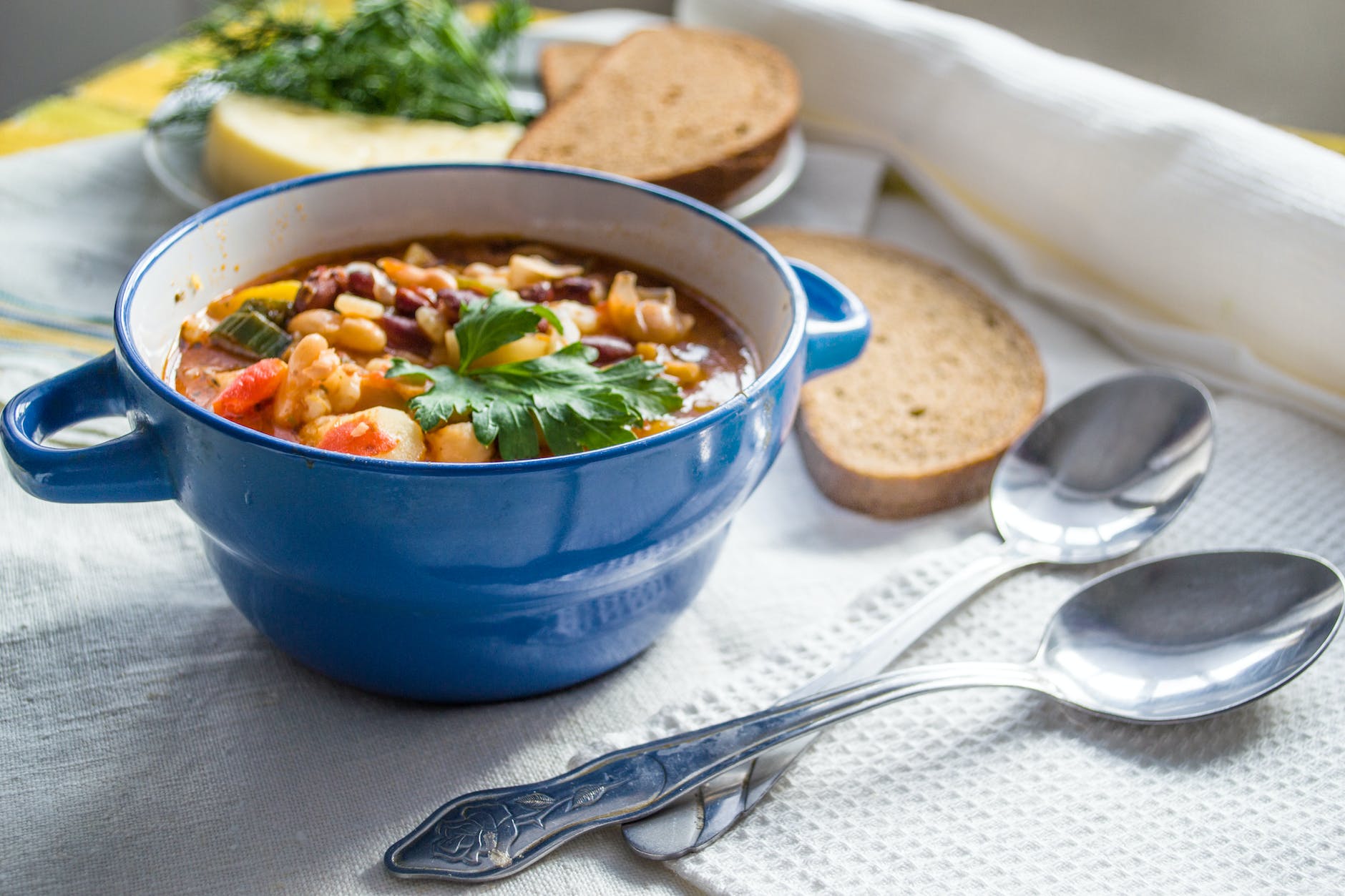
Are you on a gluten-free diet and wondering what your options are at Panera Bread? Look no further! This comprehensive guide will cover everything you need to know about the gluten-free menu at Panera Bread, from soups and salads to breakfast items and more.
Gluten-Free Soups at Panera Bread
Panera Bread offers several gluten-free soups that are both delicious and satisfying. Some of the gluten-free soups include:
- Summer Corn Chowder
- Southwest Chicken Tortilla Soup
- Baked Potato Soup
- Vegetarian Creamy Tomato Soup (make sure to order without croutons)
Gluten-Free Salads at Panera Bread
If you’re looking for a lighter option, Panera Bread also offers a variety of gluten-free salads. Some popular choices include:
- Strawberry Poppyseed Salad
- Greek Salad
- Seasonal Greens Salad
- Green Goddess Cobb Salad with Chicken
- Modern Greek Salad with Quinoa
- Tomato Basil Cucumber Salad
- Southwest Chile Lime Ranch Salad with Chicken
Remember to omit croutons and any other gluten-containing ingredients to ensure your salad is gluten-free.
Gluten-Free Breakfast at Panera Bread
Start your day right with Panera Bread’s gluten-free breakfast options. The Steel Cut Oatmeal With Strawberries And Pecans requires no adjustments to be gluten-free. You can also treat yourself to all three oatmeal options, including the Apple Chips & Pecans and Almonds, Quinoa & Honey varieties. Another gluten-free breakfast option is the Greek Yogurt with Mixed Berries Parfait, but be sure to omit the granola as it may contain wheat.
Gluten-Free Sides and Snacks at Panera Bread
Don’t forget about the sides and snacks! Panera Bread offers gluten-conscious options like the Triple Chocolate Cookie with Walnuts, Monster Cookie with Nuts, and the Summer Fruit Cup. For beverages, you can enjoy a variety of gluten-free options such as coffee, cold brew, tea, lattes, espresso drinks, frozen drinks, and smoothies.
Gluten-Free Bread at Panera Bread
Unfortunately, Panera Bread does not currently offer gluten-free bread. However, they have a good amount of gluten-free options on the rest of their menu including soups, salads, and some other snacks.
While Panera Bread doesn’t offer gluten-free bread for their sandwiches, there are still plenty of options to choose from. So, whether you’re looking for a hearty soup, a fresh salad, or a sweet treat, Panera Bread has got you covered with their gluten-free menu.
Frequently Asked Questions
- Does Panera Bread offer gluten-free bread? Unfortunately, Panera Bread does not currently offer gluten-free bread.
- What soups at Panera Bread are gluten-free? Some of the gluten-free soups include the Summer Corn Chowder, Southwest Chicken Tortilla Soup, Baked Potato Soup, and the Vegetarian Creamy Tomato Soup (make sure to order without croutons).
- What salads at Panera Bread are gluten-free? Some popular choices include the Strawberry Poppyseed Salad, Greek Salad, Seasonal Greens Salad, and the Green Goddess Cobb Salad with Chicken.
- What breakfast items at Panera Bread are gluten-free? The Steel Cut Oatmeal With Strawberries And Pecans requires no adjustments to be gluten-free. You can also treat yourself to all three oatmeal options, including the Apple Chips & Pecans and Almonds, Quinoa & Honey varieties.
Remember, always check with the restaurant for the most up-to-date allergen information. Enjoy your gluten-free dining experience at Panera Bread!
Blog Tags: Gluten-Free Dining, Panera Bread, Gluten-Free Menu, Gluten-Free Soups, Gluten-Free Salads, Gluten-Free Breakfast, Gluten-Free Sides and Snacks, Gluten-Free Beverages, Gluten-Free Diet, Celiac Disease, Gluten Sensitivity, Gluten Allergy, Healthy Eating, Dining Out Gluten-Free, Gluten-Free Lifestyle.










